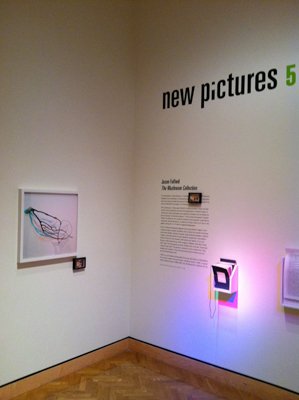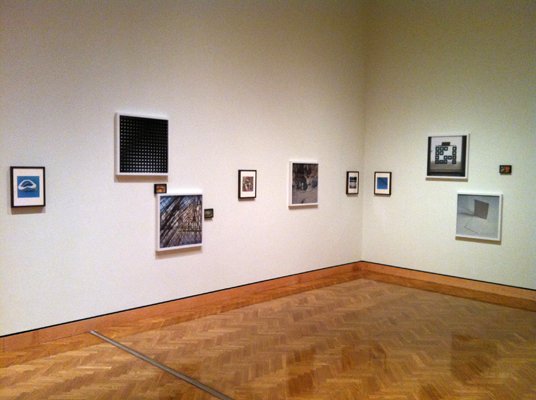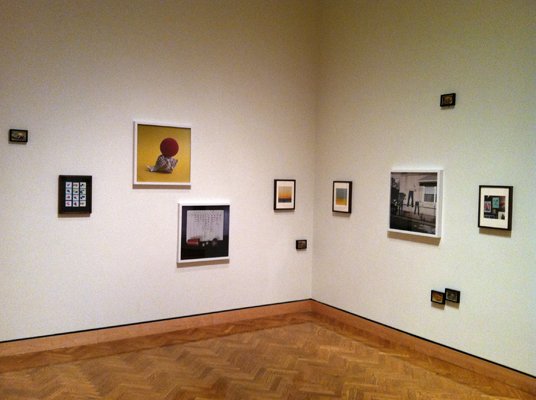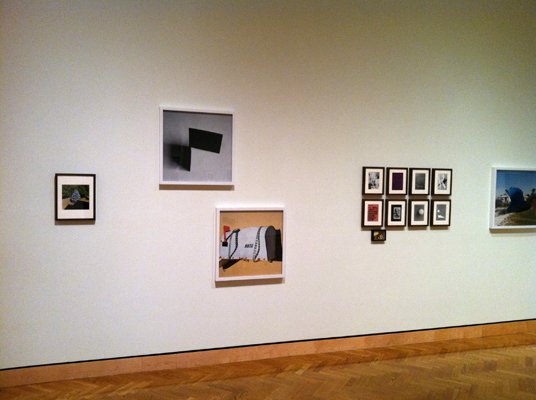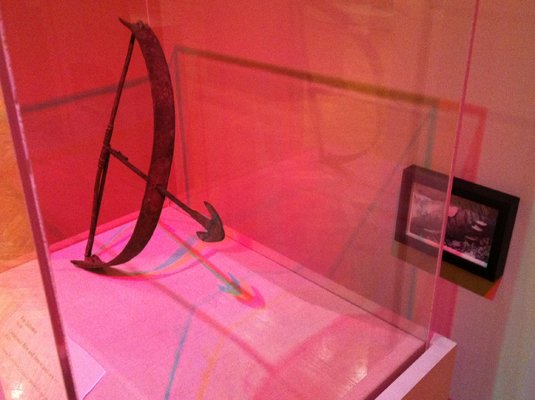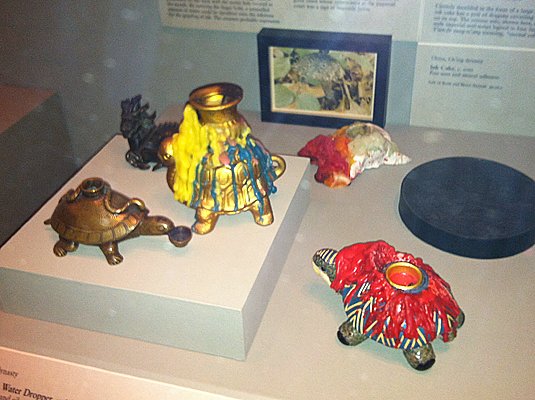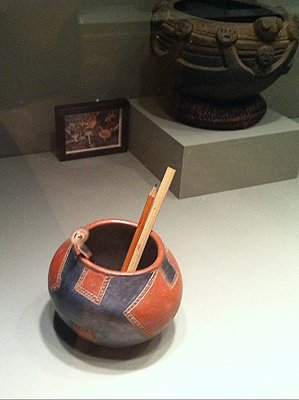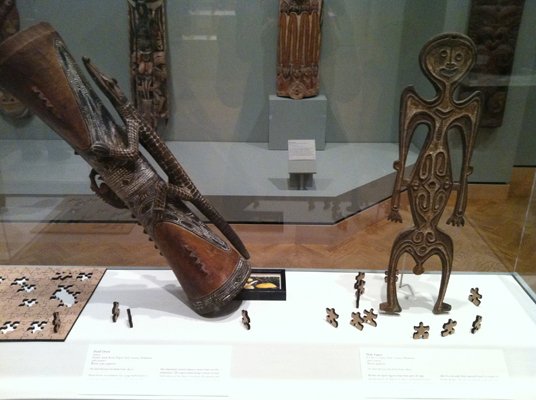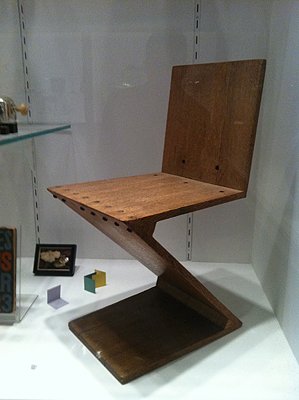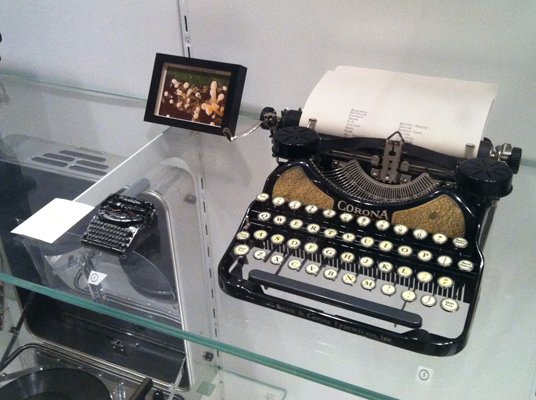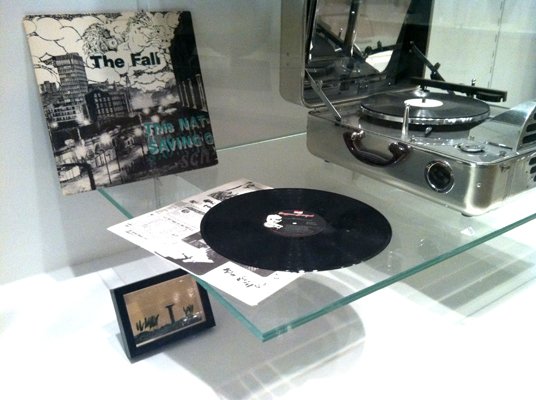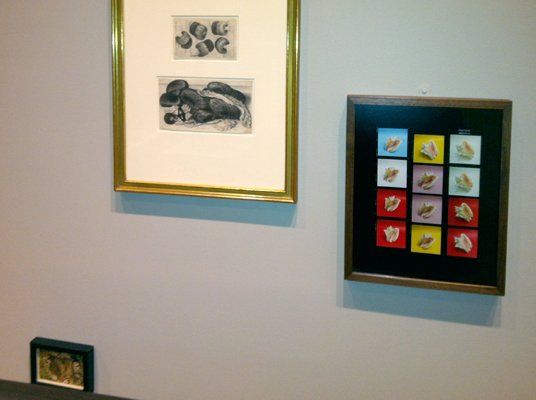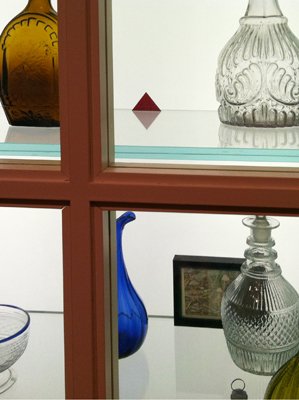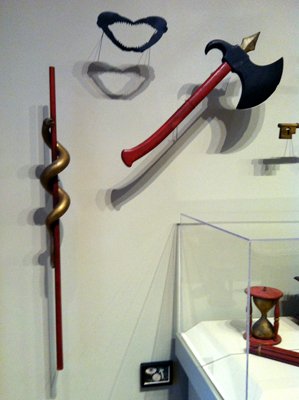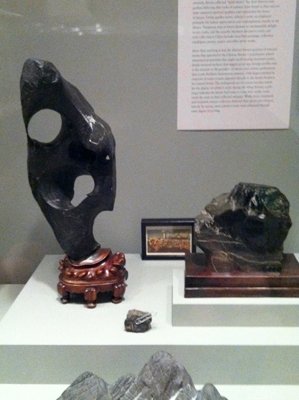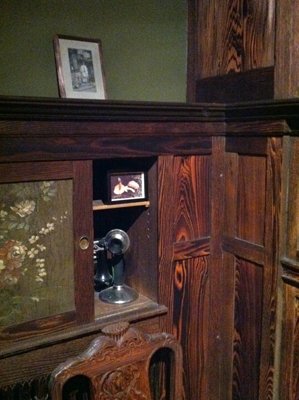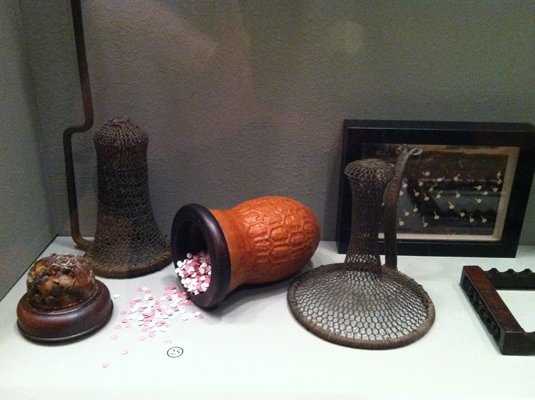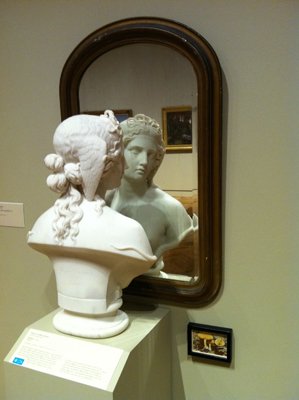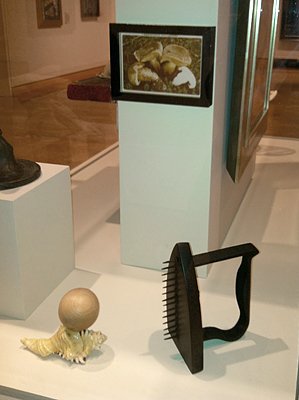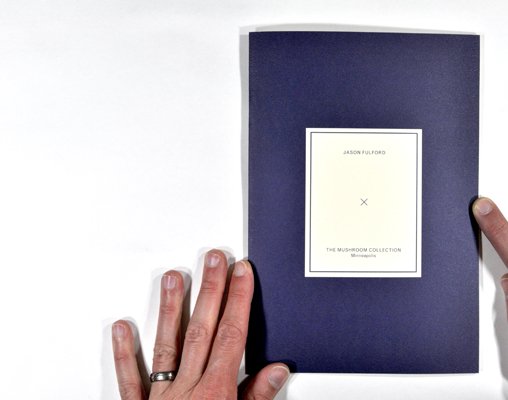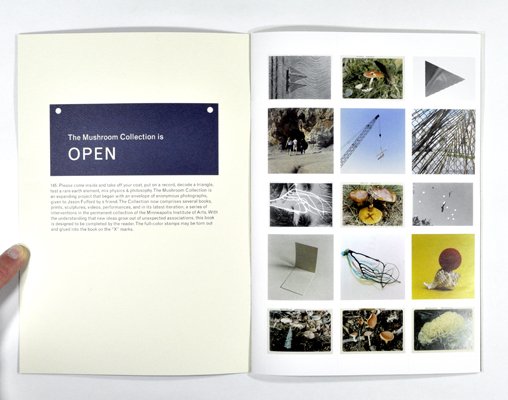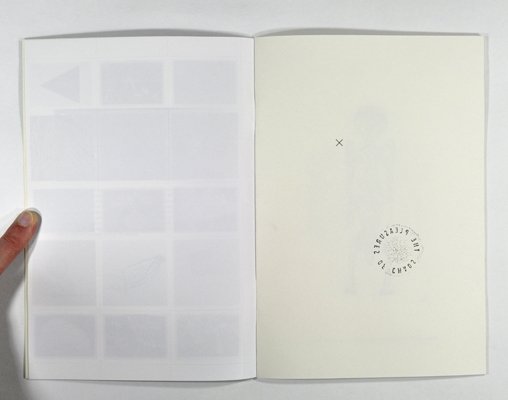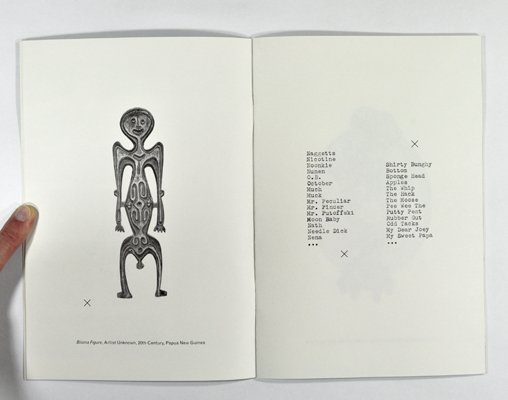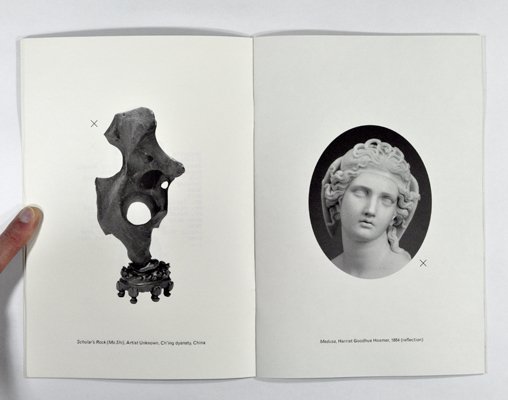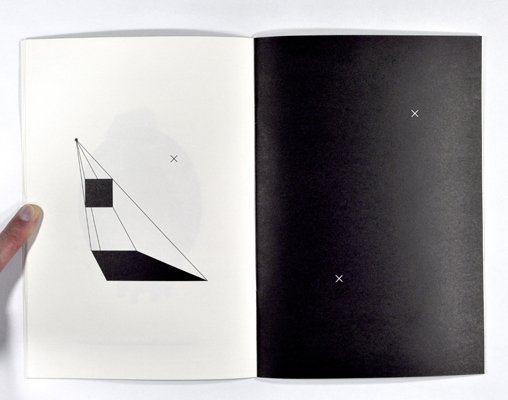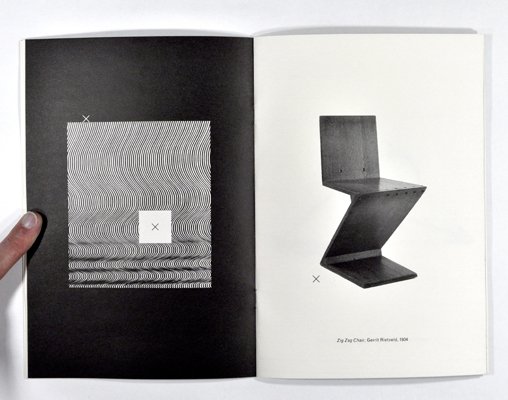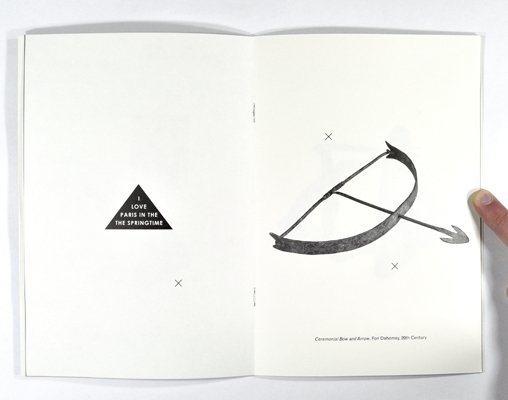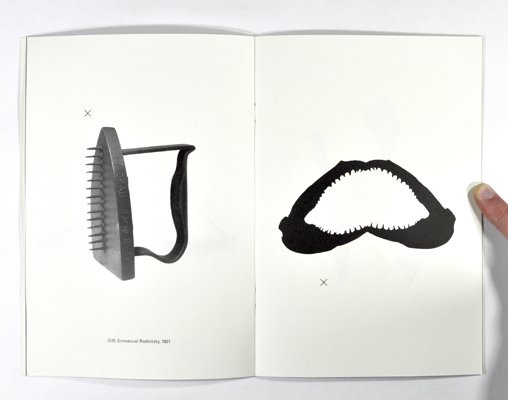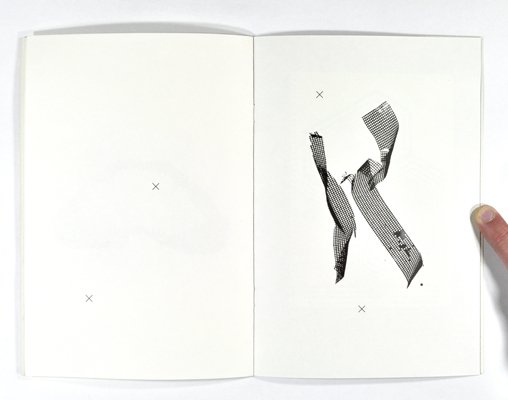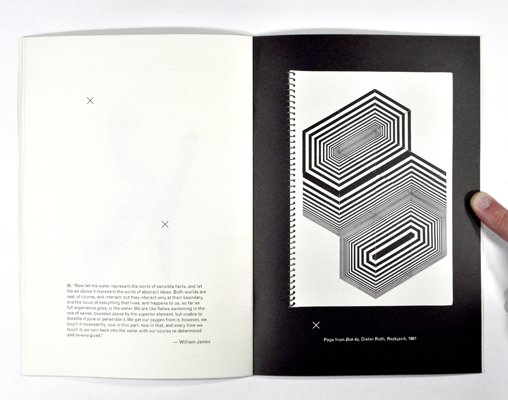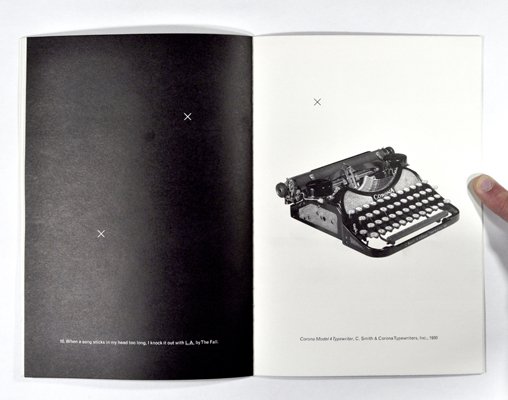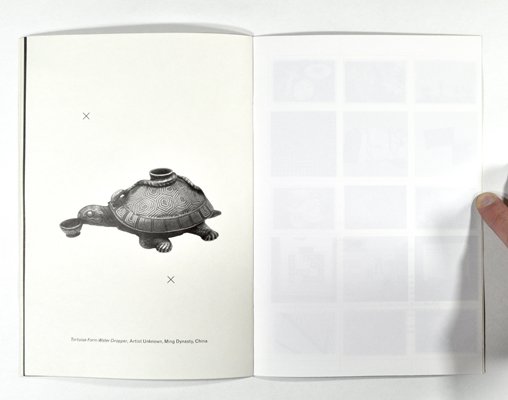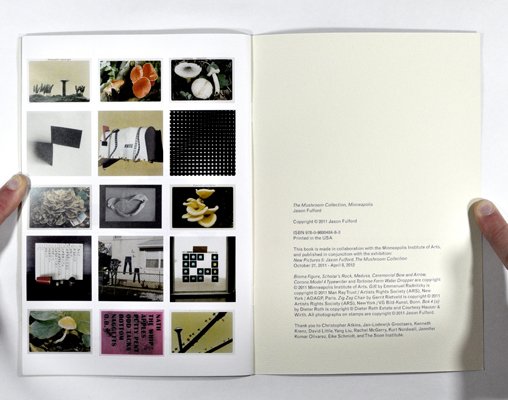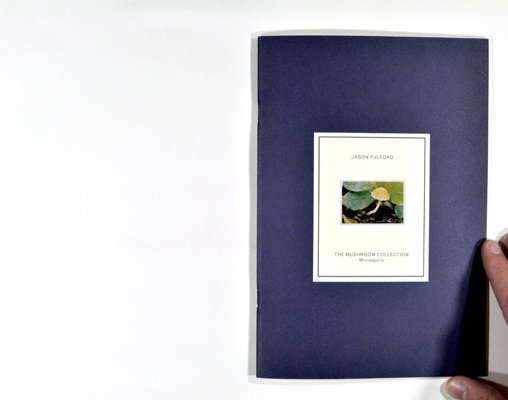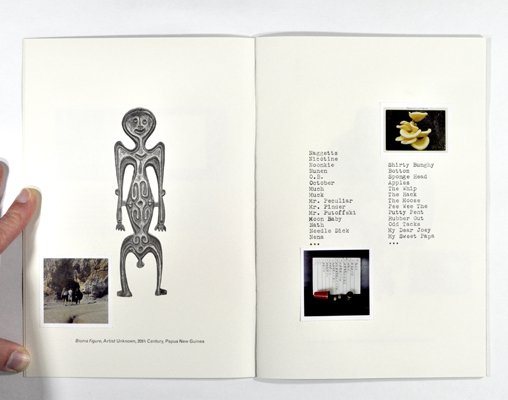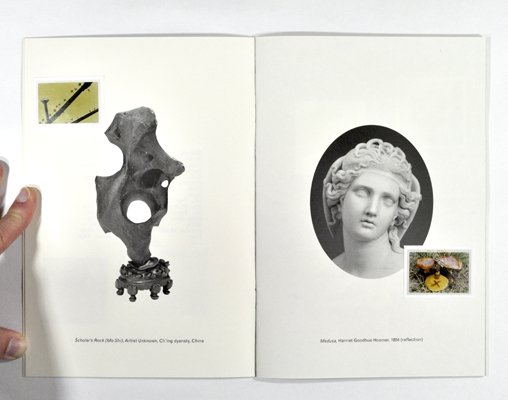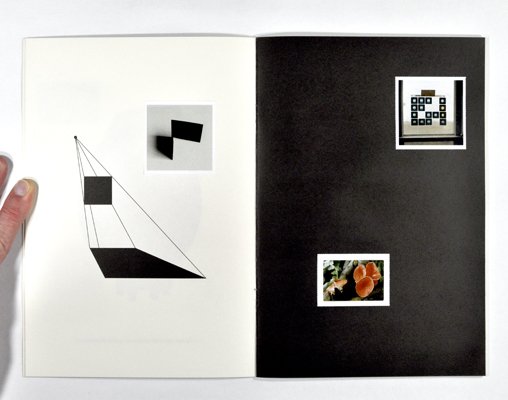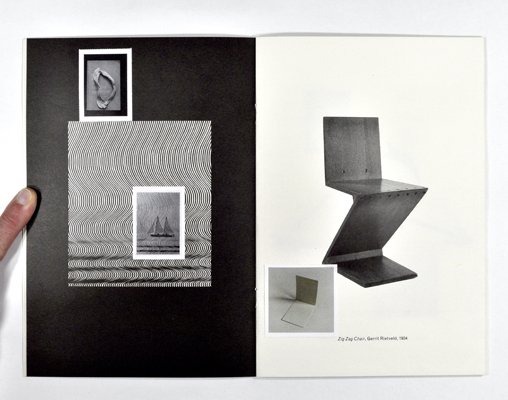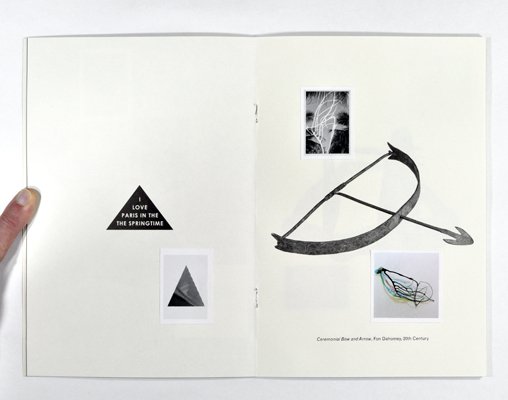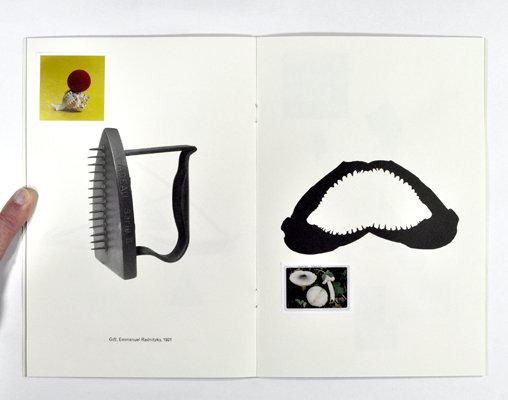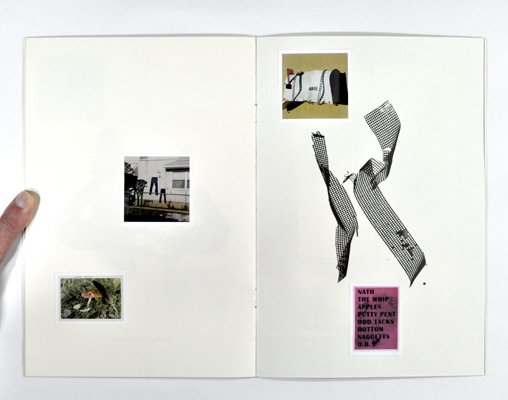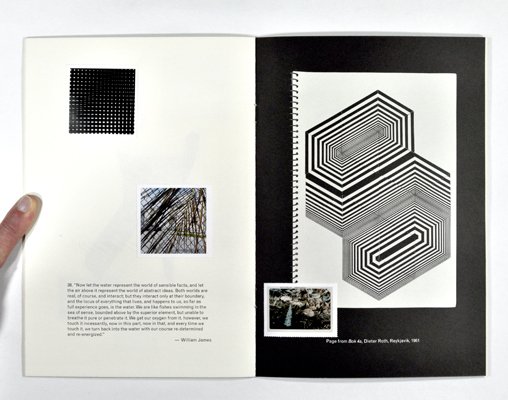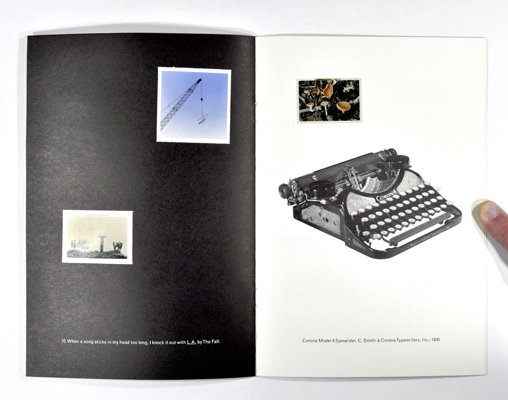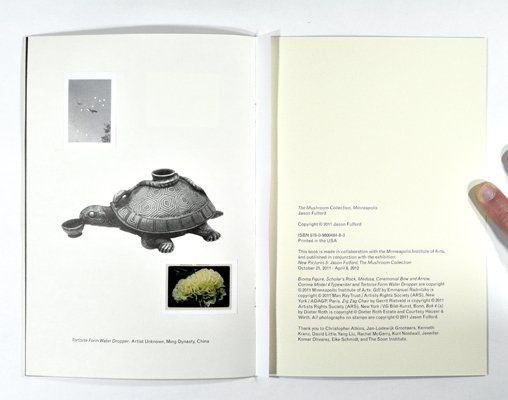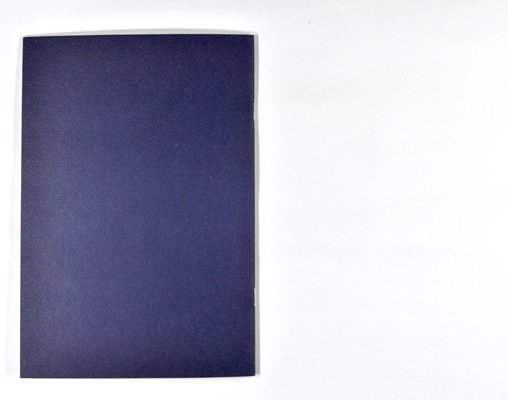Jason Fulford’s The Mushroom Collection
Jason Fulford’s new book The Mushroom Collection is designed to accompany his exhibition at the Minneapolis Institute of Arts. The fifth installment of curator David Little’s New Pictures series, the exhibition begins in the gallery, spreads out into the museum, and is published into the wider world. The exhibition is the latest iteration in Fulford’s Mushroom Collector projects. It combines his own photographs, a short black and white video with a squeaky undulating soundtrack that permeates the exhibition, and the collection of mushroom photographs by an anonymous photographer that initiated Fulford’s project. The mushroom photos are small and scattered throughout the gallery, intermixed with the other photographs and varying heights on the wall – sometimes growing in unexpected places: over the wall text and onto the museum’s signage. Fulford’s photographs in the exhibit are poetic and understated. The collection of images is quite varied in size and format, incorporating contact sheets and photograms. Formal echoes and recurring shapes move the viewer from one visual phrase to the next. It is more sensory than cognitive – about seeing and associating on an intuitive level.
Fulford spreads these near visual equivalences outside the gallery. Working with other departments of the museum, as part of the MIA’s Art ReMix program, Fulford’s mushrooms pop up in displays throughout the museum, commingling artifacts and visual tropes from his other photographs and previous installations of the project with the MIA’s permanent collection. Though mostly sculptural in nature (aside from the indicative mushroom photograph serving as a label for the intervention), the spirit is the same as with Fulford’s photos. The associations are visual and often funny – a wry, though often oblique, commentary on the larger museum collection.
It is within the context of this exhibition that Fulford creates the small book The Mushroom Collection (9.5”x6.5”, 24pgs). Clean and economic in design, the book begins and ends with a page of perforated color stamps of Fulford’s photographs. Between those pages are black and white reproductions of pieces from the MIA’s collection and elements from Fulford’s work. Scattered throughout the pages, small “X” marks indicate locations ready to receive the colored stamps, inviting the viewer to intervene in the book, as Fulford has in the museum, making associations based on visual confluence, the experience of the exhibition, or some other idiosyncratic preference.
Assuming that the distribution of the book in the gallery and its proximity to the infiltration of the extant museum might hold a special key to completing the book in its most fitting form, and as an excuse to complete the search for mushroom throughout the MIA, Paula McCartney and I set about with book in hand to find each mushroom and let it guide our placement of the stamps onto the “X”s. In the copies of the book from DAP, the stamps come with adhesive. However, due to concerns about providing stickers to miscreants within the museum, the copies available at the MIA require a person to smuggle in their own sticky substances in order to complete the book onsite. We presumed that finding the pieces from the permanent collection that were reproduced in the black and white pages of the book would give us some indication of the proper stamp selections for that page. We located sixteen mushroom interventions within the galleries, some of them bearing direct connection to the black and white reproductions in the book. With others, however, the mushroom and Fulford’s object intervention had no direct correspondence with the available stamps. Thus, in the end, we were forced to make our own connections between pages and stamps, rather than retrace and record the ones Fulford made.
Initially, this was frustrating. My preconception was that the book was a companion to the exhibition, a way of pushing the viewer to engage it in full, creating an archive of the experience by completing the book. Instead, the book is a way to encourage the viewer to give in to Fulford’s process and way of thinking, creating a record of that individual experience occurring within oneself. So, while this experience is certainly enhanced by viewing the exhibition, the book is able to function without that immediate presence. Readers can purchase a copy from DAP, tear out the stickers and paste them in while sitting in their living room. Though one might be less inclined to complete the redistribution of the stickers when the book was paid for, rather than being pulled from the pocket in the gallery, The Mushroom Collection is more satisfying as an experience and as a visual object when the color images pop up beside the black and white ones – plus, one can’t really read the book without covering the “X”s and associating the forms into new ideas.
